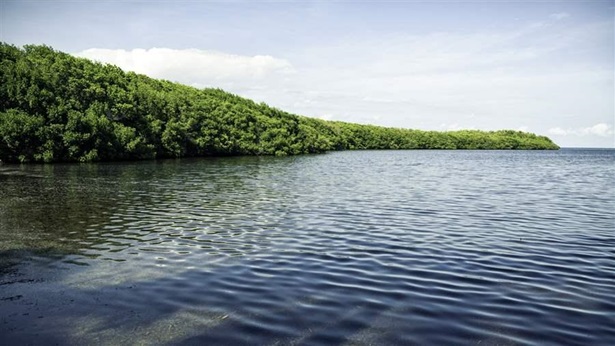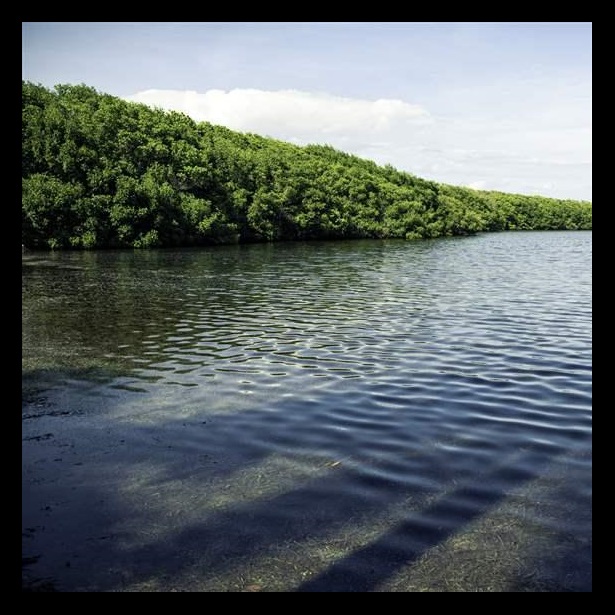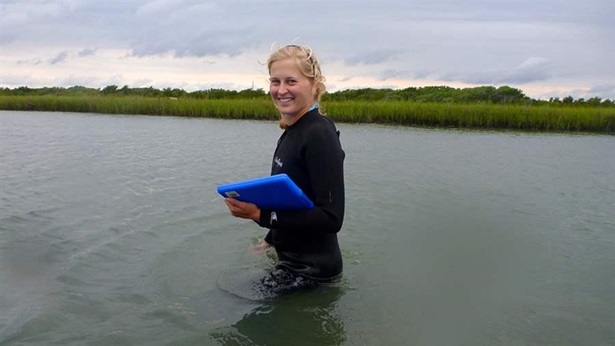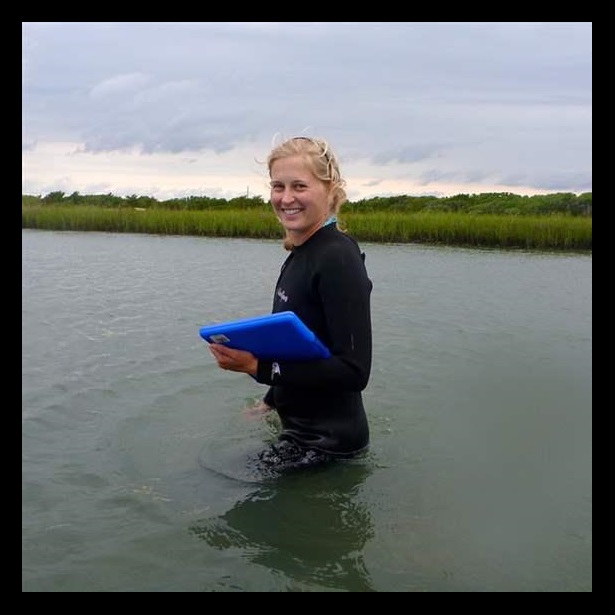Nature-Based Solutions Offer Best Investment for Flood Protection
In Gulf of Mexico, green options could save more than $50 billion over 20 years
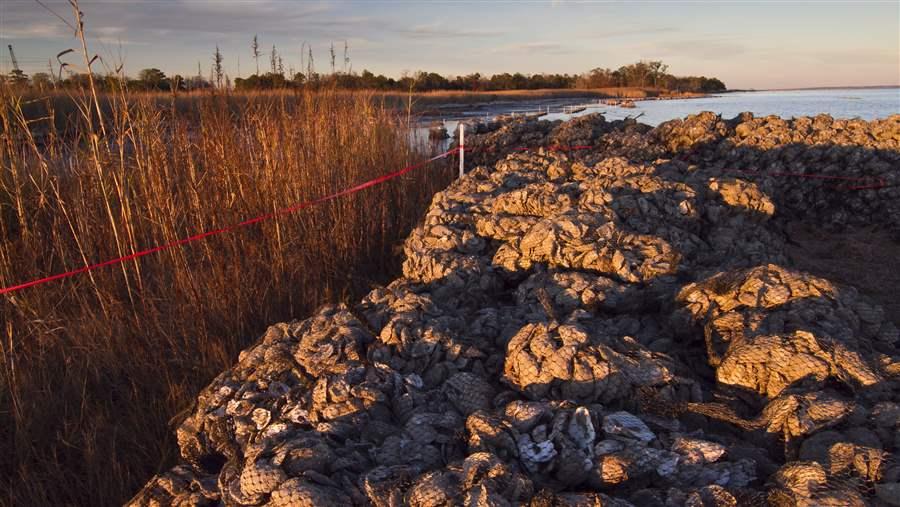
These bags of oyster shells, staged in preparation for building a natural barrier to flooding, will protect a shoreline in Mobile Bay, Alabama and could provide more than $7 in benefits for every $1 invested.
Erika Nortemann/TNCA growing body of evidence shows wetlands and reefs reduce flooding and erosion in adjacent communities better than hard infrastructure does, but local and state governments continue to shortchange these nature-based solutions when allocating dollars for disaster mitigation and recovery.
In two new studies, Michael Beck, a 2012 Pew marine fellow and lead marine scientist at The Nature Conservancy, shows why and how this should change.
In one study, published in the journal PLOS ONE this month, Beck and his co-authors quantitatively compared the cost-effectiveness of natural and artificial flood reduction measures along the entire U.S. Gulf of Mexico coast.
They concluded that green options—including restoration of wetlands, oyster reefs, and beaches—are economically viable for preventing storm damage in coastal communities and often more cost-effective than man-made, or “gray,” options such as levees and mitigation measures like home elevation.
The study also found that nature-based solutions such as marsh and oyster reef restoration could help prevent more than 45 percent of flood damage to property over a 20-year period, saving more than $50 billion.
Green solutions showed the highest cost-benefit payoff. For example, the estimated comparison of wetland restoration is more than $8 in direct flood reduction benefits for every $1 invested, and for oyster reef restoration it is $7-to-$3. By contrast, levees provided no net benefits ($1-to-$1), and the average cost of home elevation exceeded the benefits (40 cents-to-$1). Sandbags have the highest cost-benefit advantage ($10-to-$1), but their use is limited.
In the second study, published in the Journal of Environmental Management early this year, Beck and his co-authors used high-resolution models to assess flood prevention and mitigation measures in the Caribbean island nation of Grenada. The researchers showed that reef loss is causing severe shoreline erosion around Grenville, the island’s second-largest city, and damaging homes and businesses and leading to environmental degradation. The researchers then used state-of-the-art engineering tools to design and pilot a reef restoration project to reduce erosion. The community is now leading this ongoing project using locally sourced materials and labor.
In both areas, researchers noted that natural defenses are likely to become even more valuable as the climate changes and coastal populations grow. In one indication of that, hurricanes are estimated to have cost the United States more than $265 billion in 2017—the costliest year on record—according to the National Oceanic and Atmospheric Administration.
“We show that nature-based measures for flood reduction can be considered right alongside artificial or gray measures, such as seawalls,” Beck said. “This work helps create incentives for habitat restoration for coastal defense and may change current perspectives on where restoration actions could be prioritized and how funding from insurance companies and disaster agencies such as the Federal Emergency Management Agency is allocated.”
Polita Glynn directs the Pew Fellows Program in Marine Conservation for The Pew Charitable Trusts.
